Sitka’s hidden Secret. . .
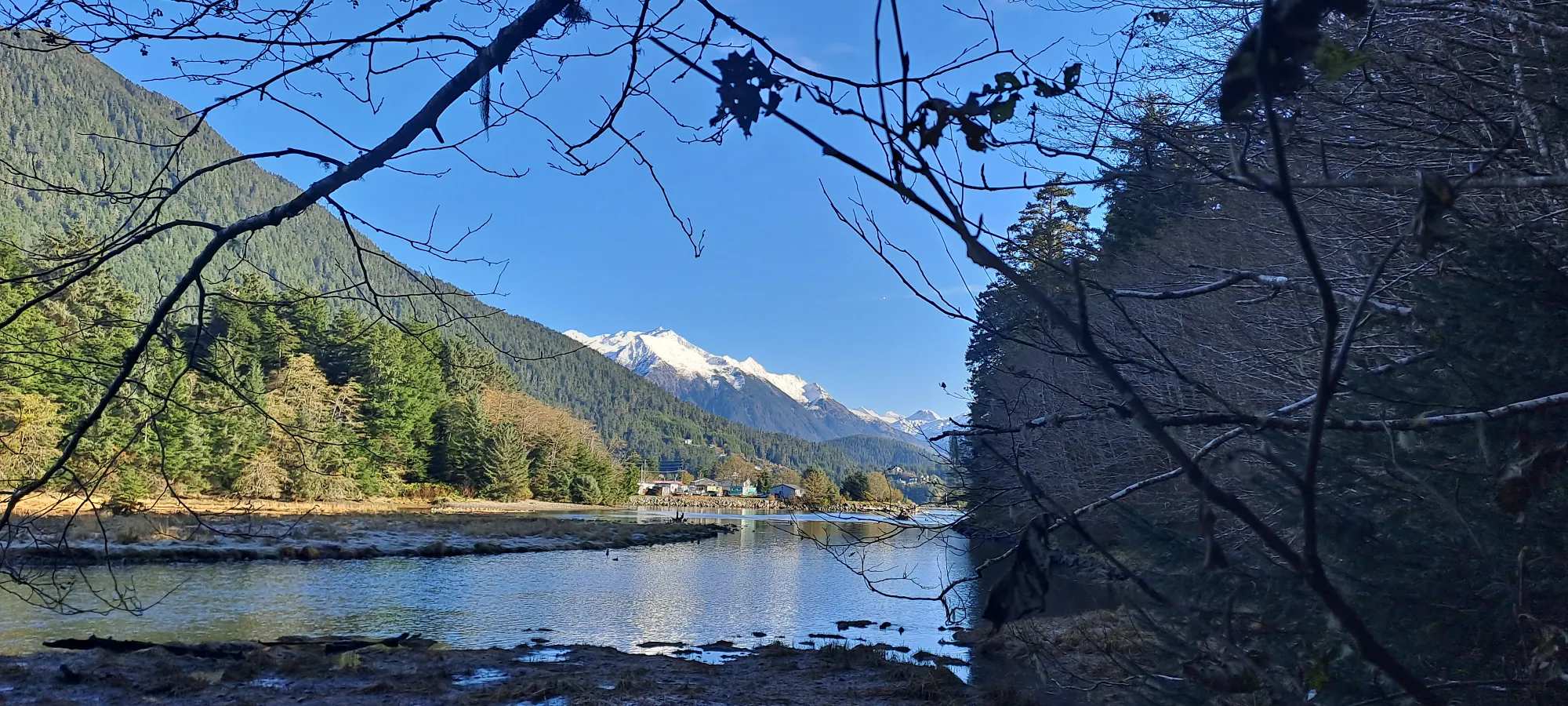
We were met by a family in Sitka who told us that we must visit this national park. This park contains the history of Sitka, so we couldn’t say no and went straight away. (It was an amazing bay — no clouds, no wind, just the sun.)
The park had many interesting totems. For those who do not know what a totem is, let me show you:
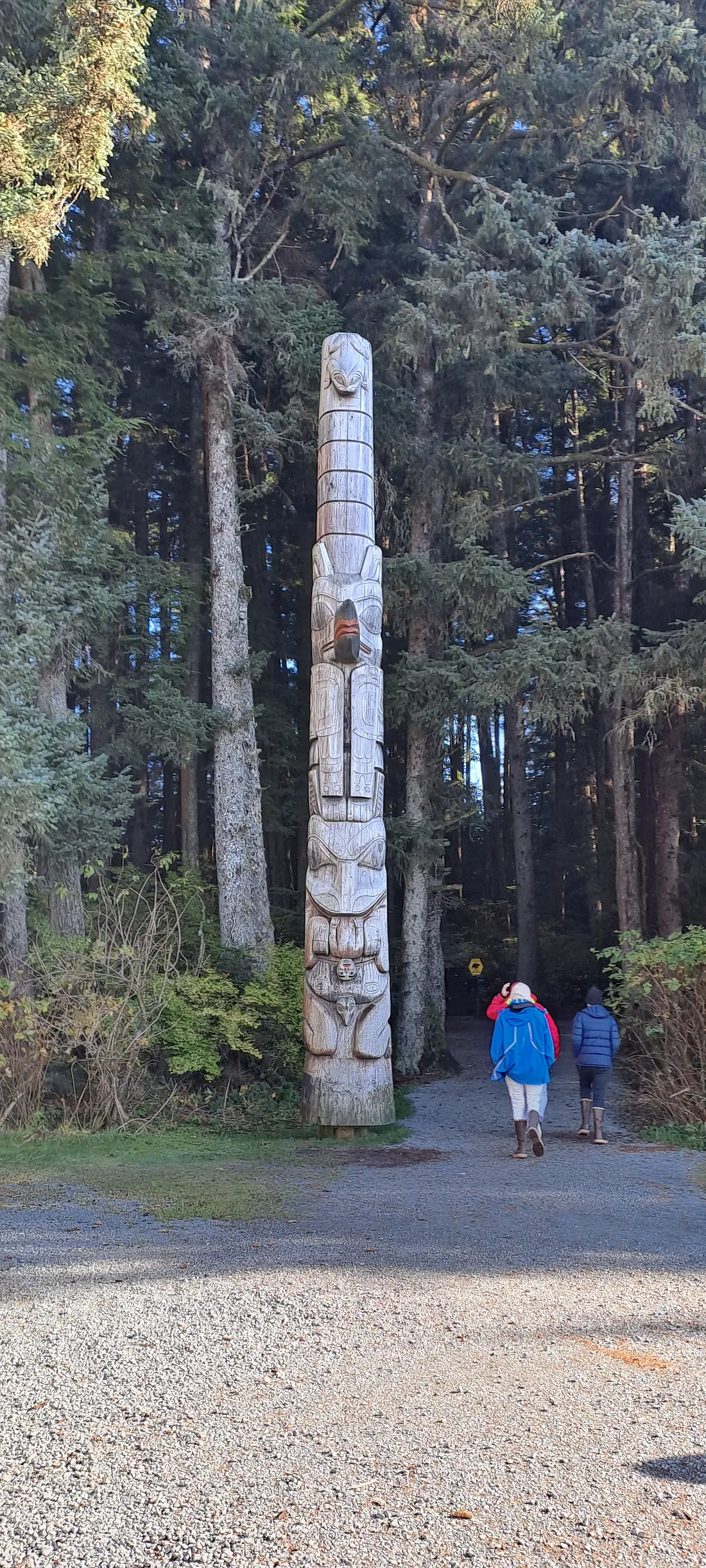
This Totem marks the entrance of the park, this park is a trail that goes in a circle and it has little signs that explain little bit about the area.
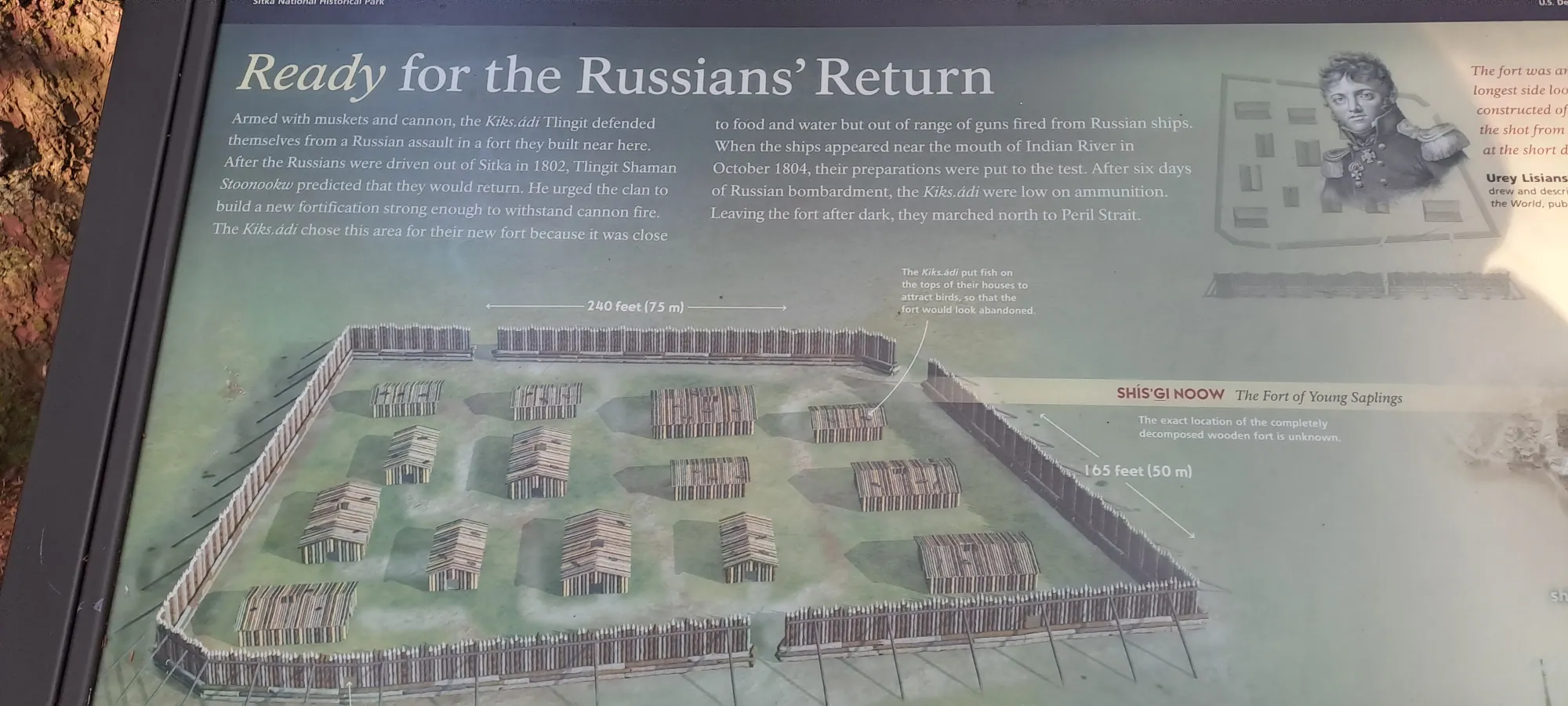
Here is a better explanation;
This sign describes the historical significance of a fort built by the Kiks.ádi Tlingit, a clan from the Tlingit people, to defend themselves against Russian forces. In 1802, the Tlingit had driven the Russians out of Sitka, Alaska. However, a Tlingit shaman named Stoonookw predicted that the Russians would eventually return to try to reclaim the area.
To prepare for this, the Kiks.ádi built a new fort called Shís’gi Noow (meaning “The Fort of Young Saplings”). They chose a strategic location near the Indian River, close to food and water sources but far enough from the shore to be safe from the Russians’ ship cannons.
In October 1804, when the Russians did indeed return, the Kiks.ádi fortified themselves inside the fort. The Russians bombarded the fort for six days, but the Kiks.ádi were able to resist. As part of their defensive strategy, they even placed fish on top of their buildings to attract birds, making the fort appear abandoned. Eventually, however, the Kiks.ádi ran out of ammunition and had to leave the fort at night. They retreated north toward Peril Strait to escape the Russian forces.
This map shows the layout of the fort, which measured 240 feet by 165 feet (75m by 50m), and highlights how the Tlingit used both strategic construction and psychological tactics in their resistance against the Russians.

Now l know it might not make sense, and many might ask who are the Tlingit people, well here you go…
The Tlingit people were Indigenous to Southeast Alaska and British Columbia, known for their rich culture, clan-based social structure, and strong trade networks. Skilled traders and warriors, they thrived off natural resources and traded with neighboring tribes and Europeans.
When Russians arrived in the early 1800s, seeking control over the fur trade, the Tlingit saw them as a threat. They defended their lands fiercely, building forts like Shís’gi Noow to resist colonization, showing their resilience and commitment to protecting their way of life.
Even l did not know this, only after l learned all about this, l really wanted to share this with you guys as l'm sure some people find it interesting.
Here are some more photos of the national park:

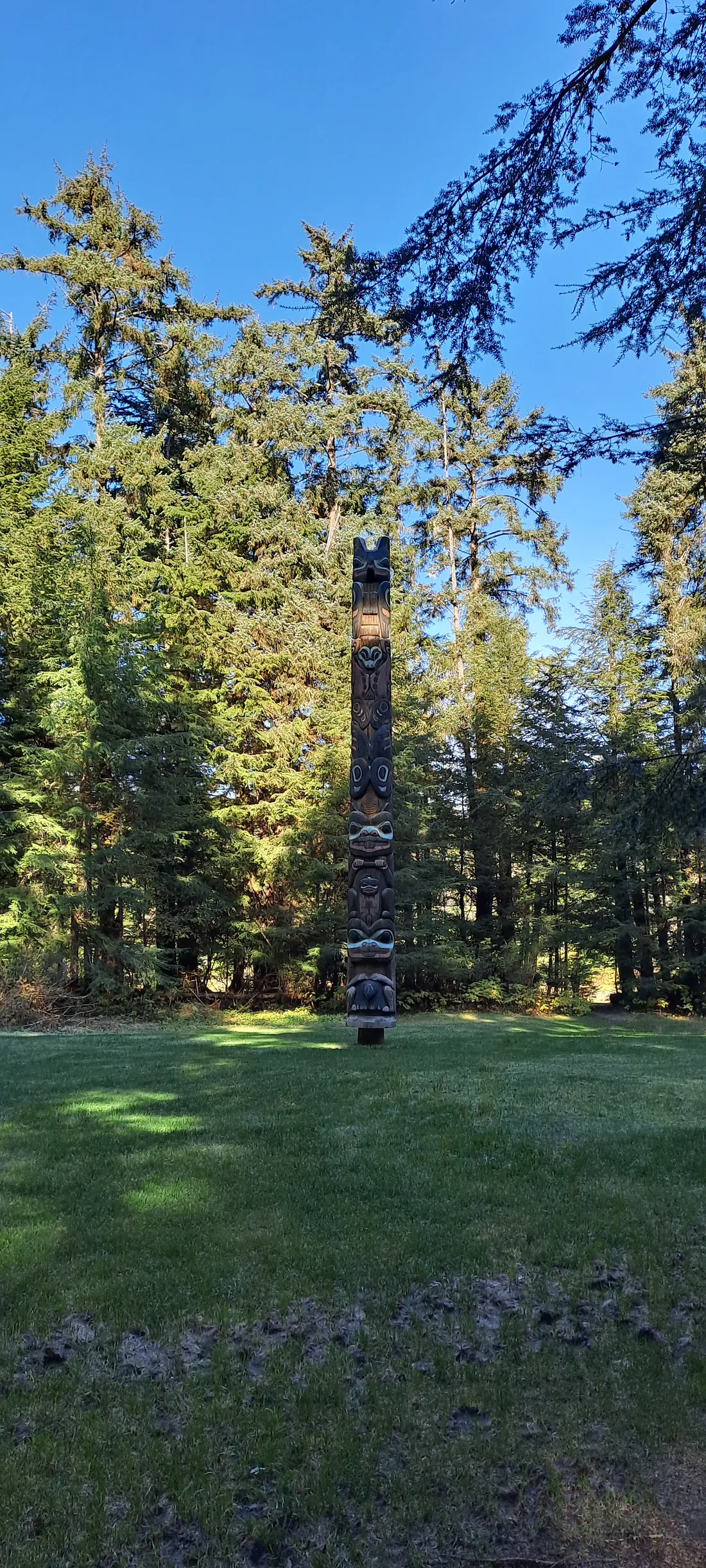
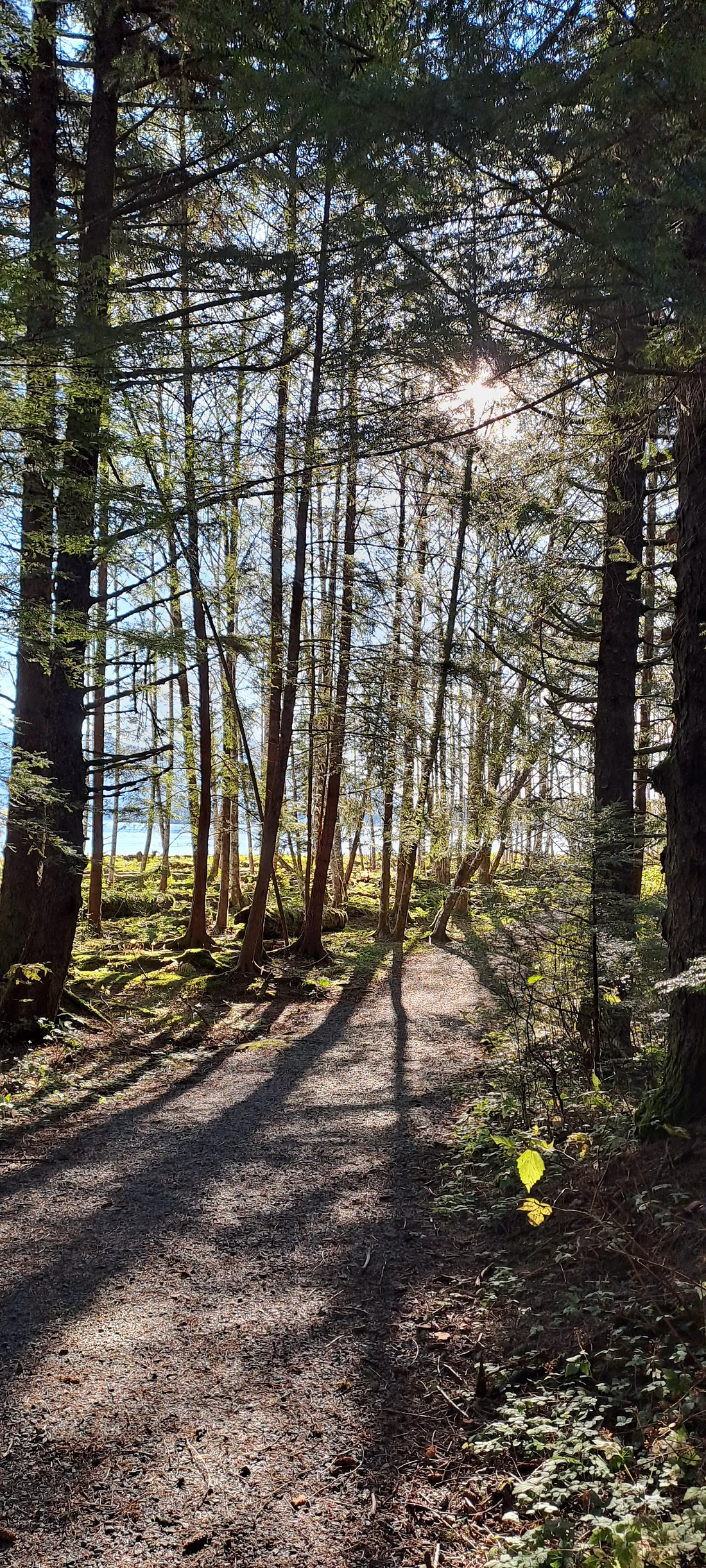
As we slowly made our way back to the boat, we noticed that Sitka was packed with hundreds of tourists, all eagerly trying to find things to do. We wondered where they had all come from — until we spotted a massive cruise ship docked nearby, towering over the harbor.

Thank you so much for reading, and l will see you guys soon.